Emoji Levels & Presentations
With Unicode 6 several hundred code points were added to the Unicode standard to encode the Japanese symbols. But in theory, one could claim, that Unicode never really “encoded Emoji”. Instead, the Unicode consortium encoded regular (symbol) characters, which companies such as Apple and Microsoft just happens to have displayed as full color images in their software. With Unicode 8 this changes.
Now the standard makes clear recommendations about whether a symbol should be treated as Emoji or text symbol (i.e. as a one-color symbol that takes on the properties—like color—of the surrounding text). There are also two variation selectors, which can be used to change the default presentation style within a text. If you add them behind a symbol, you can force an Emoji or text output (if supported).
- U+FE0E VARIATION SELECTOR-15 (VS15) for a text presentation
- U+FE0F VARIATION SELECTOR-16 (VS16) for an emoji presentation
In addition to the presentation style, Unicode 8 now also defines default Emoji sets. “Level 1 Emoji” are those with a broad support among vendors at present. They include over 700 of the original Japanese symbols, as well as additional characters like the ones from the Unicode range “Transportation and Map Symbols”.
All other Emoji are “Level 2 Emoji”. They might not have a color representation yet or might be missing completely in current Emoji fonts, but they are supposed to be shown as Emoji in the future.
There is now a total of 1281 Emoji in Unicode 8. Typography.Guru has a section named List of Emoji Codes and Meanings dedicated to show the details of every Emoji character.
New Emoji in Unicode 8
A total of 41 new Emoji were added to Unicode 8 from these categories:
Emoji modifiers
- U+1F3FB EMOJI MODIFIER FITZPATRICK TYPE-1-2
- U+1F3FC EMOJI MODIFIER FITZPATRICK TYPE-3
- U+1F3FD EMOJI MODIFIER FITZPATRICK TYPE-4
- U+1F3FE EMOJI MODIFIER FITZPATRICK TYPE-5
- U+1F3FF EMOJI MODIFIER FITZPATRICK TYPE-6
Faces, Hands, and Zodiac Symbols
- U+1F910 ZIPPER-MOUTH FACE
- U+1F911 MONEY-MOUTH FACE
- U+1F912 FACE WITH THERMOMETER
- U+1F913 NERD FACE
- U+1F914 THINKING FACE
- U+1F644 FACE WITH ROLLING EYES
- U+1F643 UPSIDE-DOWN FACE
- U+1F915 FACE WITH HEAD-BANDAGE
- U+1F916 ROBOT FACE
- U+1F917 HUGGING FACE
- U+1F918 SIGN OF THE HORNS
- U+1F980 CRAB (also Cancer)
- U+1F982 SCORPION (also Scorpio)
- U+1F981 LION FACE (also Leo)
- U+1F3F9 BOW AND ARROW (also Sagittarius)
- U+1F3FA AMPHORA (also Aquarius)
Symbols of Religious Significance
- U+1F6D0 PLACE OF WORSHIP
- U+1F54B KAABA
- U+1F54C MOSQUE
- U+1F54D SYNAGOGUE
- U+1F54E MENORAH WITH NINE BRANCHES
- U+1F4FF PRAYER BEADS
Missing Top Sports Symbols
- U+1F3CF CRICKET BAT AND BALL
- U+1F3D0 VOLLEYBALL
- U+1F3D1 FIELD HOCKEY STICK AND BALL
- U+1F3D2 ICE HOCKEY STICK AND PUCK
- U+1F3D3 TABLE TENNIS PADDLE AND BALL
- U+1F3F8 BADMINTON RACQUET AND SHUTTLECOCK
Most Popularly Requested Emoji
- U+1F32D HOT DOG
- U+1F32E TACO
- U+1F32F BURRITO
- U+1F9C0 CHEESE WEDGE
- U+1F37F POPCORN
- U+1F37E BOTTLE WITH POPPING CORK
- U+1F983 TURKEY
- U+1F984 UNICORN FACE
Diversity
Symbol characters are meant to be, well, symbolic. They are used to convey a certain meaning, while neglecting all other specifics. For example, the symbol for “woman” might be shown with a skirt and long hair. But that is just meant to help to convey the meaning “woman”, not to limit the meaning to “woman with long hair wearing skirts”. In the same way, the skin color of human Emoji symbols could be understood as one of dozens of such negligible features. And yet, for years people have been asking for Emoji with other skin colors. So Unicode now includes a range of skin color modifiers. These special characters are added behind an Emoji, and if supported, will replace the default Emoji style with one of five representations using a specific skin color.
When an Emoji for this combination of default symbol + color variation does not exist, both characters are shown side by side, just as they are encoded within the text.
 Combined (left) and separated view (right) of human Emoji + skin color modifier 5.
Combined (left) and separated view (right) of human Emoji + skin color modifier 5.
With skin colors not being a negligible feature of human Emoji anymore, the default light skin color of existing Emoji sets had to change. Unicode now recommends a non-realistic color such as the yellow (#FFCC22) used for smileys, blue (#3399CC) or grey (#CCCCCC). Apple has already shipped such symbols with their latest iOS and Mac OS releases using a non-realistic yellow skin tone. Microsoft will use grey for their color font Emoji.
Multi-person groupings may explicitly indicate gender (like “Man and Woman holding Hands”), others may not (like “family”). In combination with skin colors, such groupings lead to an endless amount of possibilities, which cannot be encoded as individual characters. The solution is therefore: character sequences. When the special character ZERO WIDTH JOINER (U+200D) is put between Emoji, it indicates, that these symbols are meant to be shown as one glyph if possible.
Apple’s sets of family and couple Emoji already make use of character sequences.
But even with these added options for diversity, the political correctness debates around Unicode Emoji probably won’t stop anytime soon. The more specific the symbols get, the more possibilities arise to miss certain variations or to feel offended by the specific display of existing ones. And so for Unicode 9 there is already a discussion about adding more gender variations such as “Mother Christmas”. As the Unicode Emoji Tech Report correctly notes: “… there are many other types of diversity in human appearance besides different skin tones: Different hair styles and color, use of eyeglasses, various kinds of facial hair, different body shapes, different headwear, and so on. It is beyond the scope of Unicode to provide an encoding-based mechanism for representing every aspect of human appearance diversity that emoji users might want to indicate. The best approach for communicating very specific human images—or any type of image in which preservation of specific appearance is very important—is the use of embedded graphics …”
I am certainly curious what the future will hold in this regard. Does Unicode become a museum of things that were relevant for short passages of times (e.g. FAX MACHINE—U+1F4E0, SELFIE—U+1F933)? Or do we move away from this approach and will be able to transmit graphics reliably in a completely different way?
Related Links:
- Typography.Guru List of Emoji Codes & Meanings
- Unicode Technical Report #51 with all the technical details about Emoji in the latest release of the Unicode standard
-
 1
1











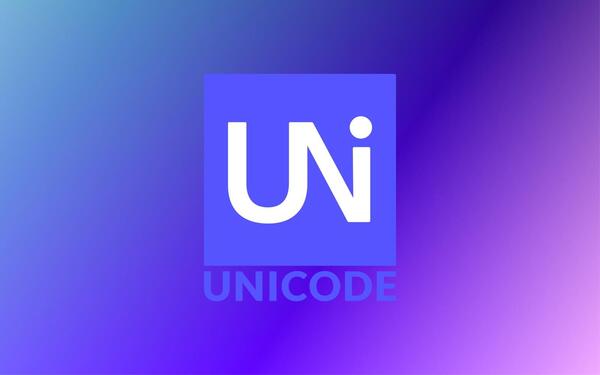
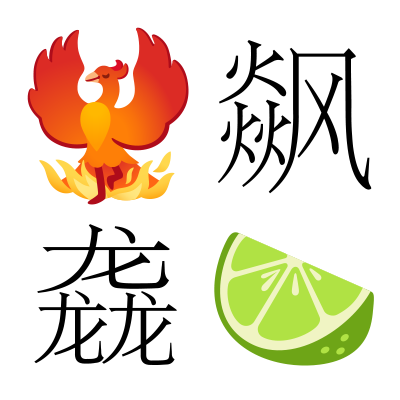
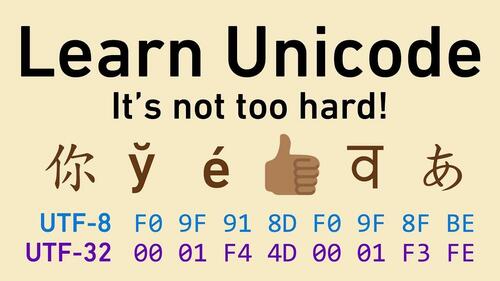
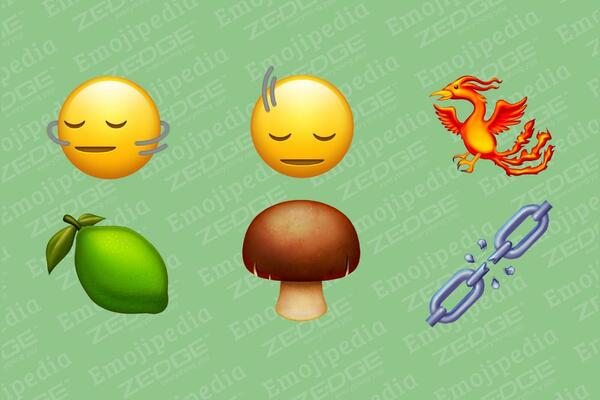
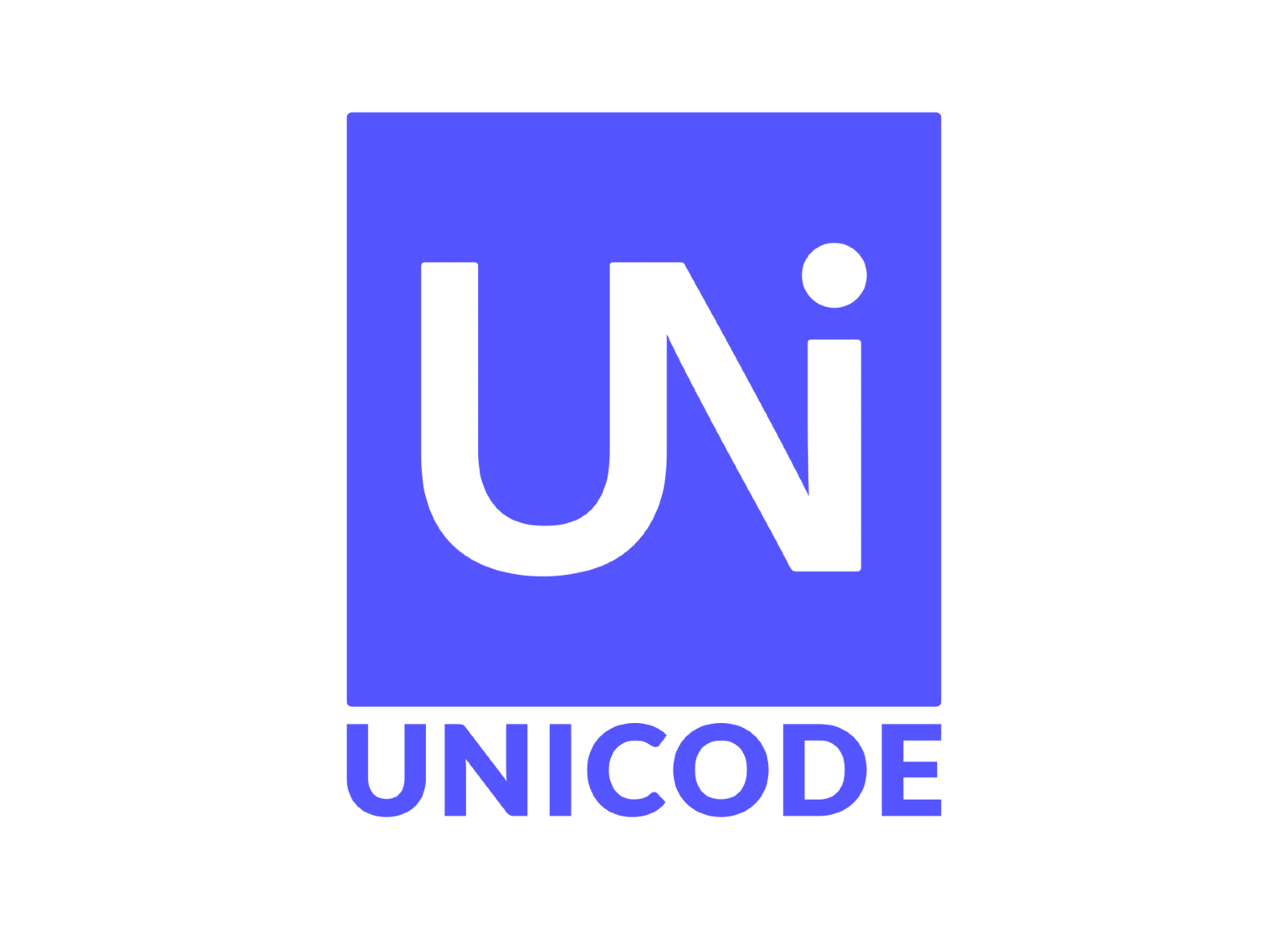
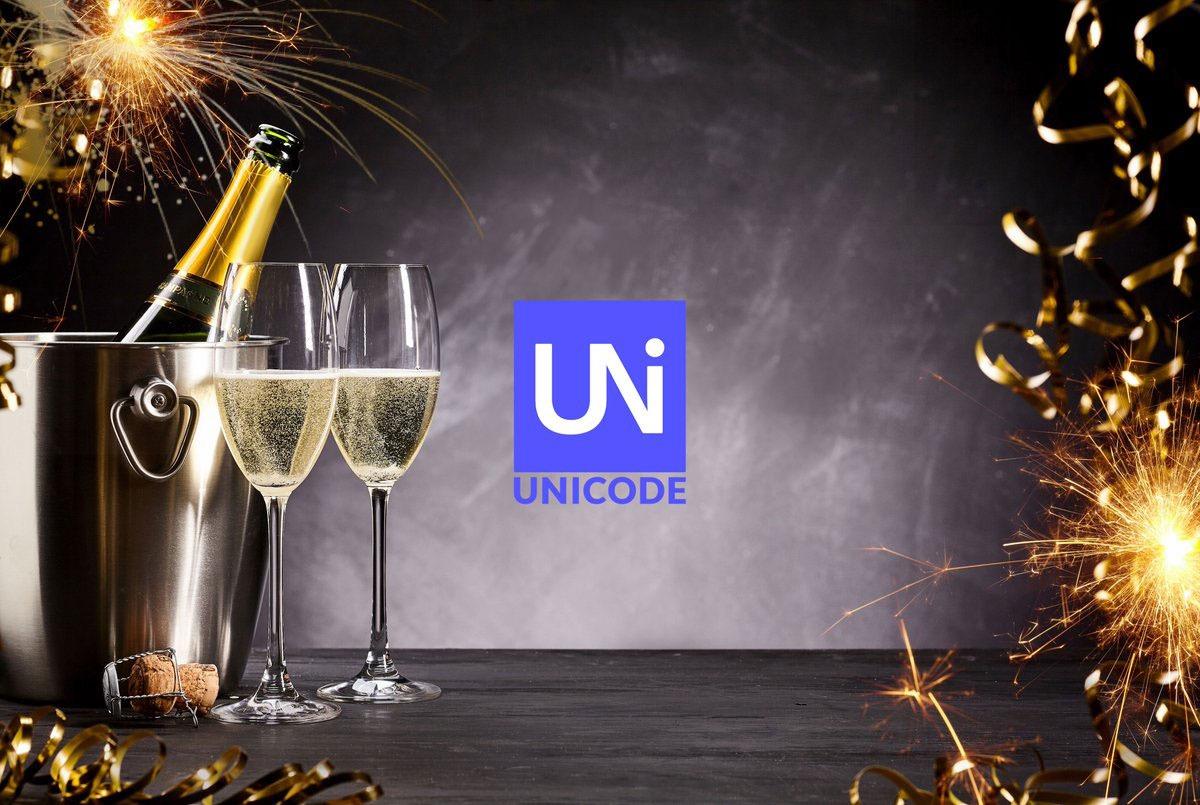


Recommended Comments
There are no comments to display.
Create an account or sign in to comment
You need to be a member in order to leave a comment
Create an account
Sign up for a new account in our community. It's easy!
Register a new accountSign in
Already have an account? Sign in here.
Sign In Now